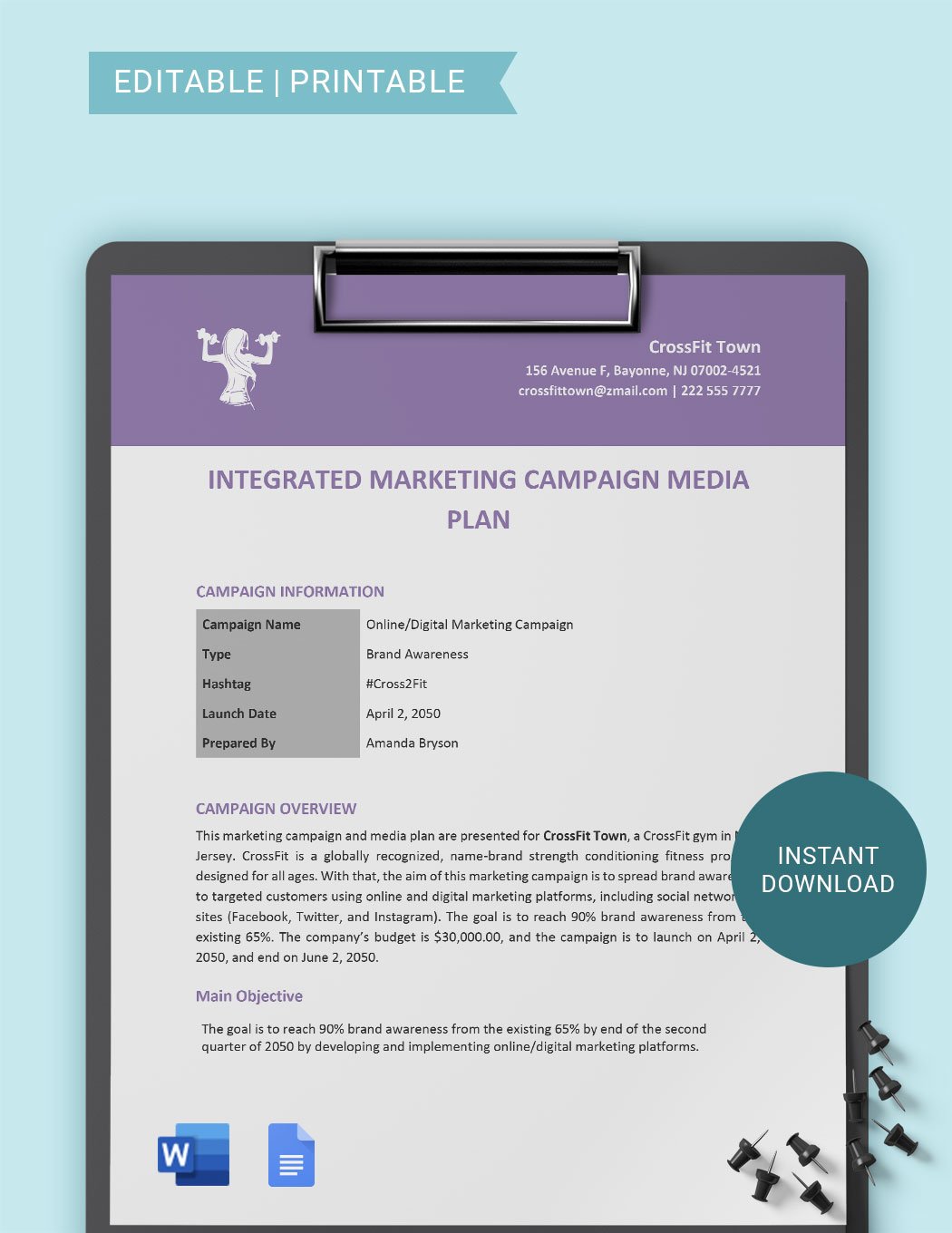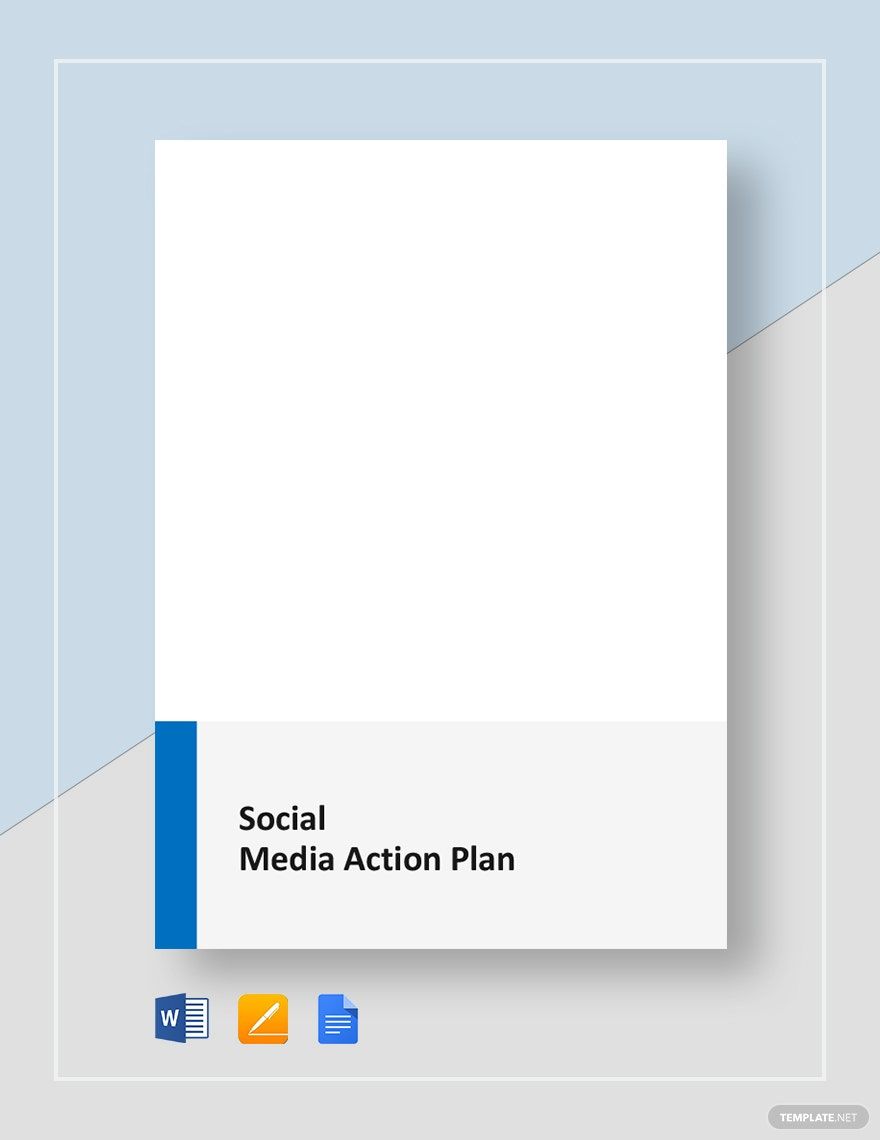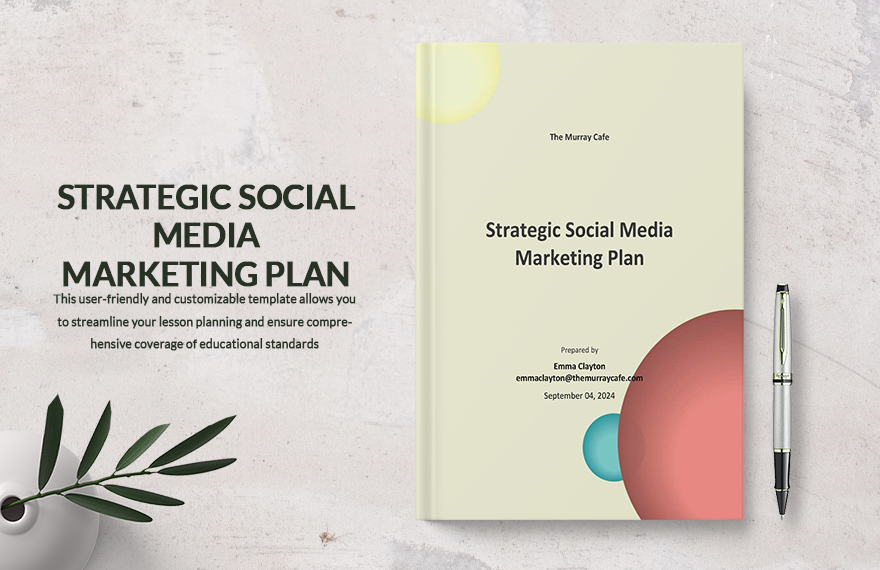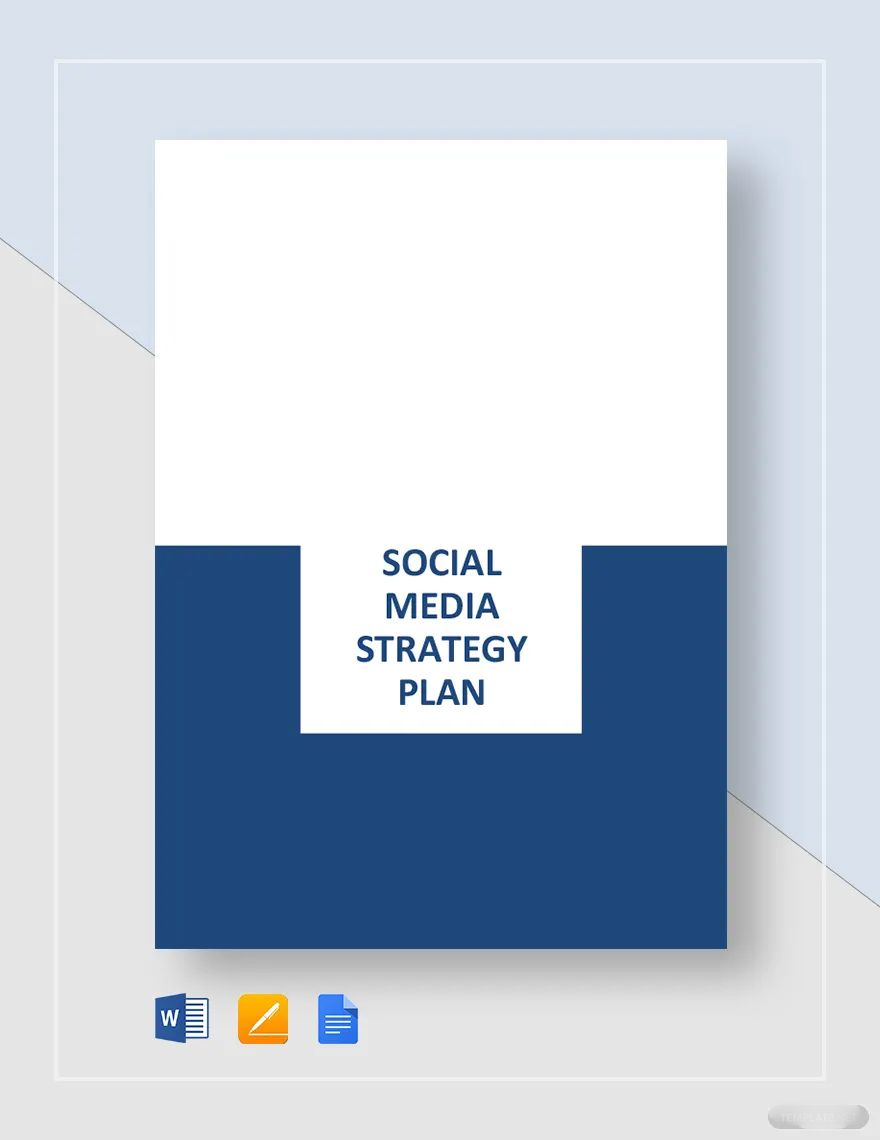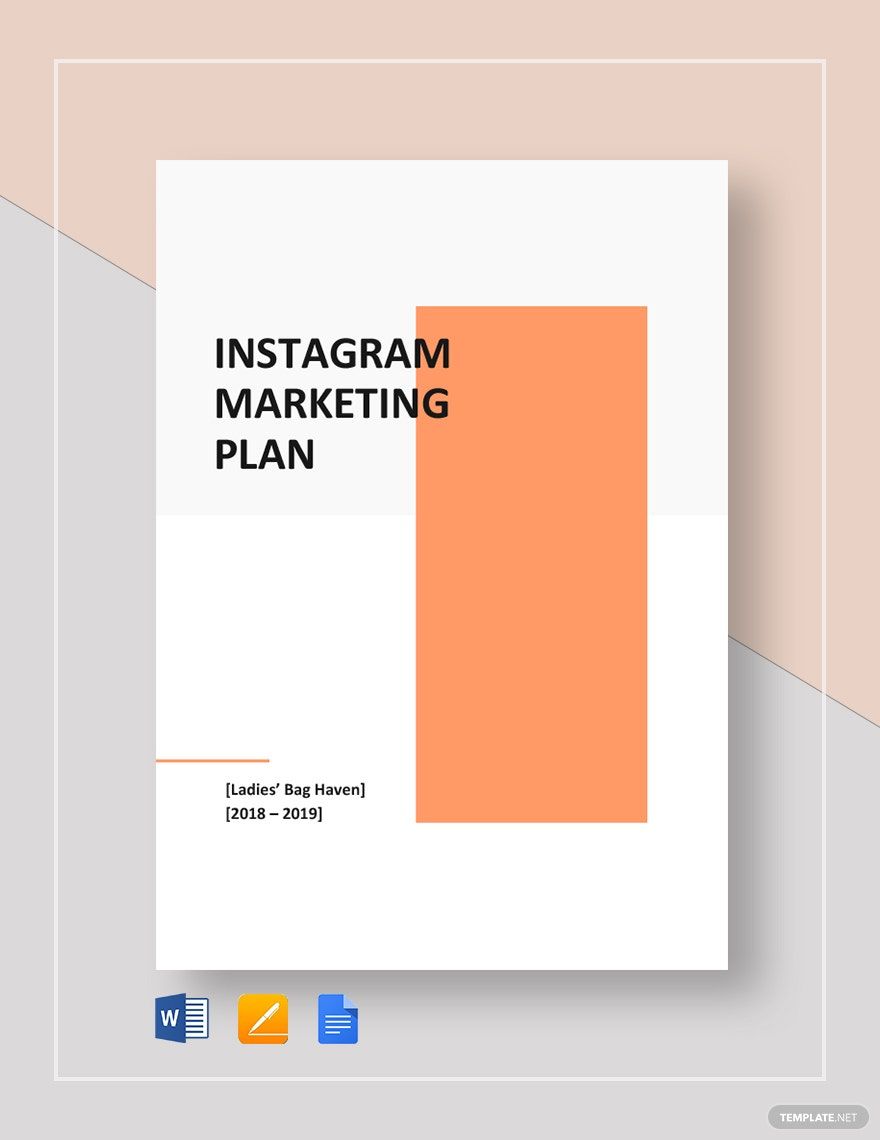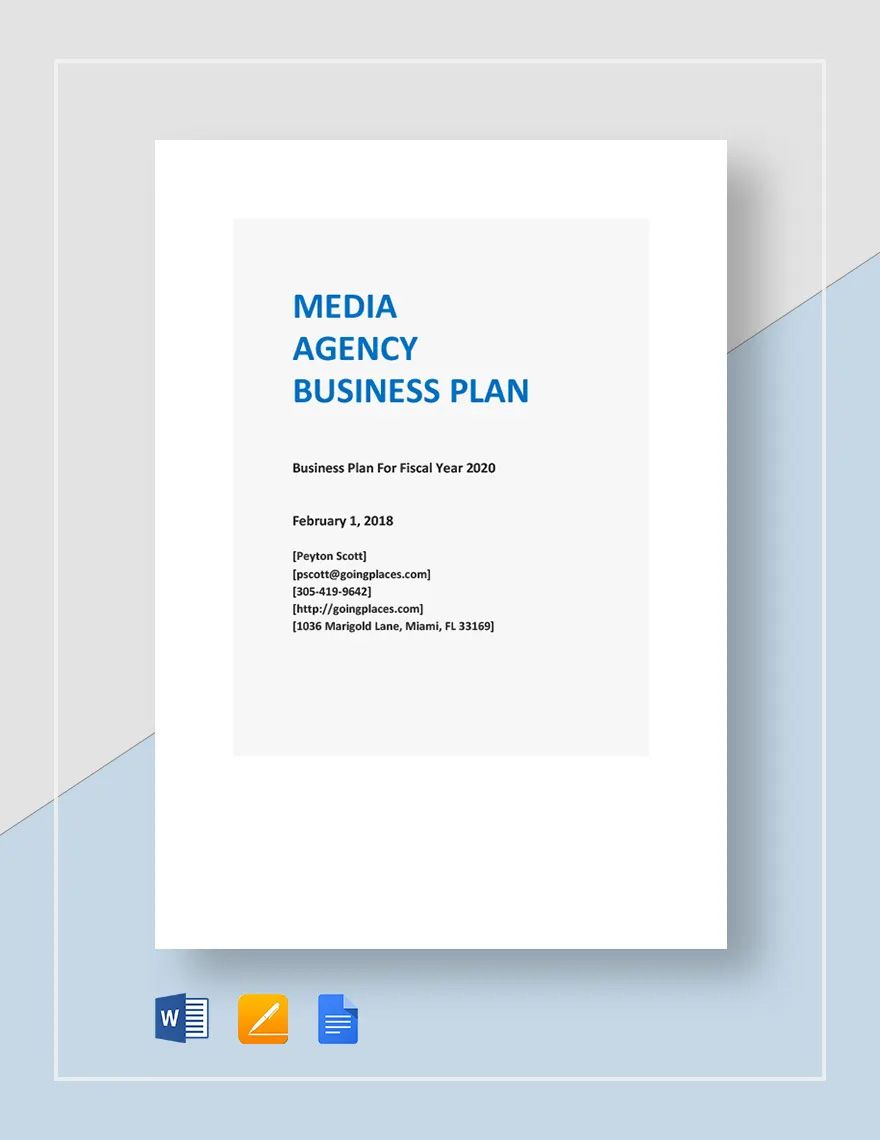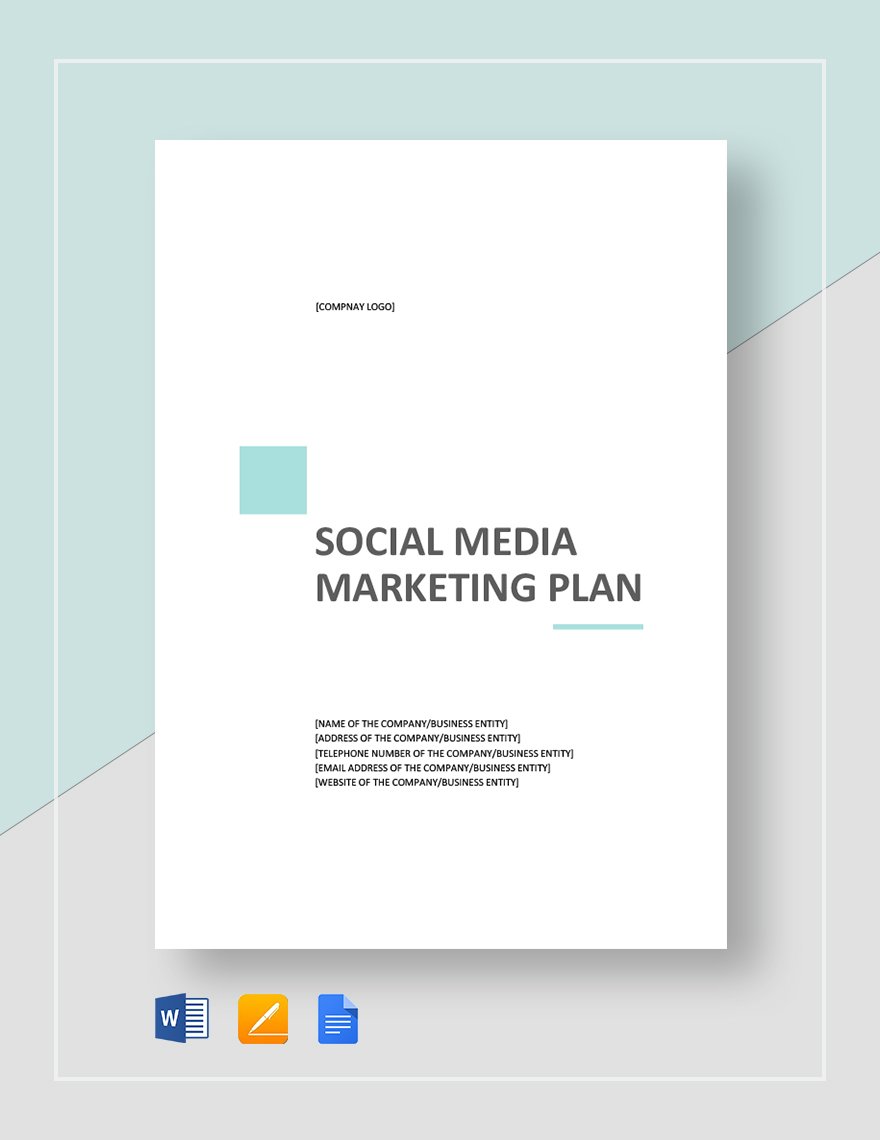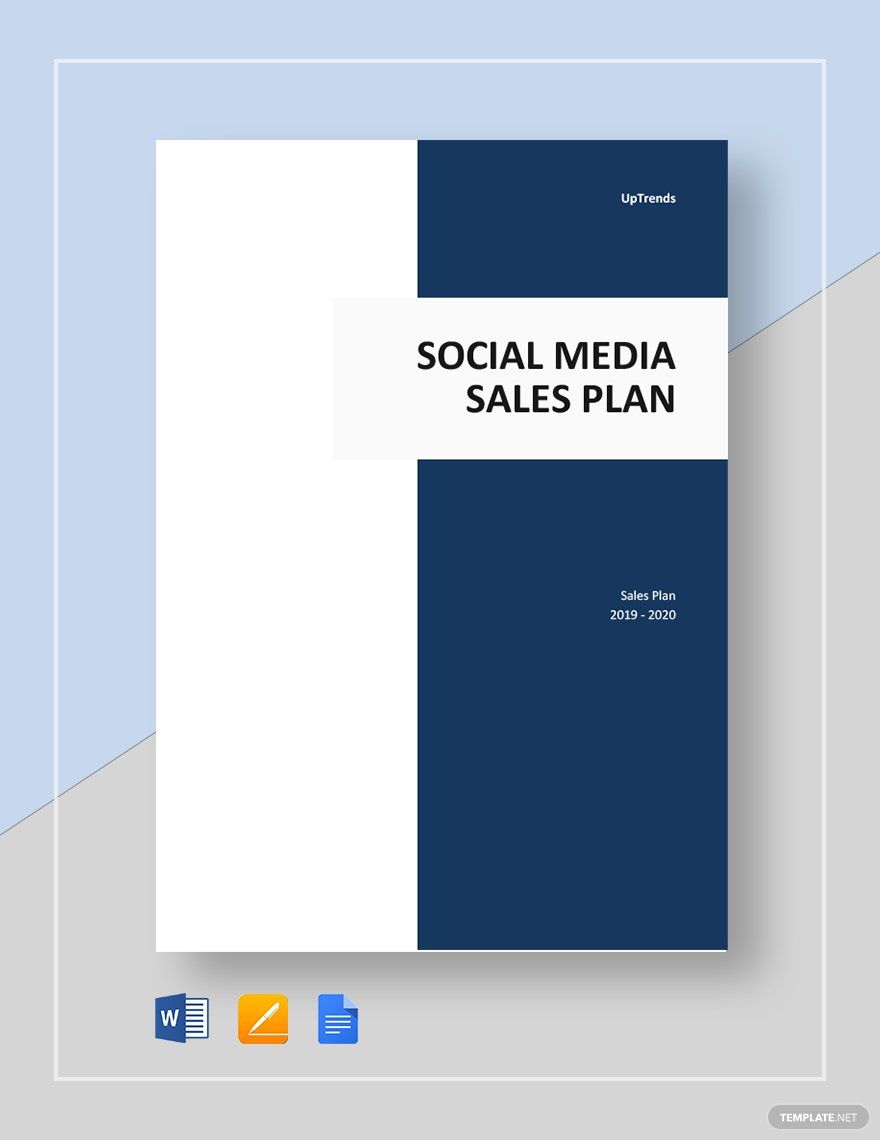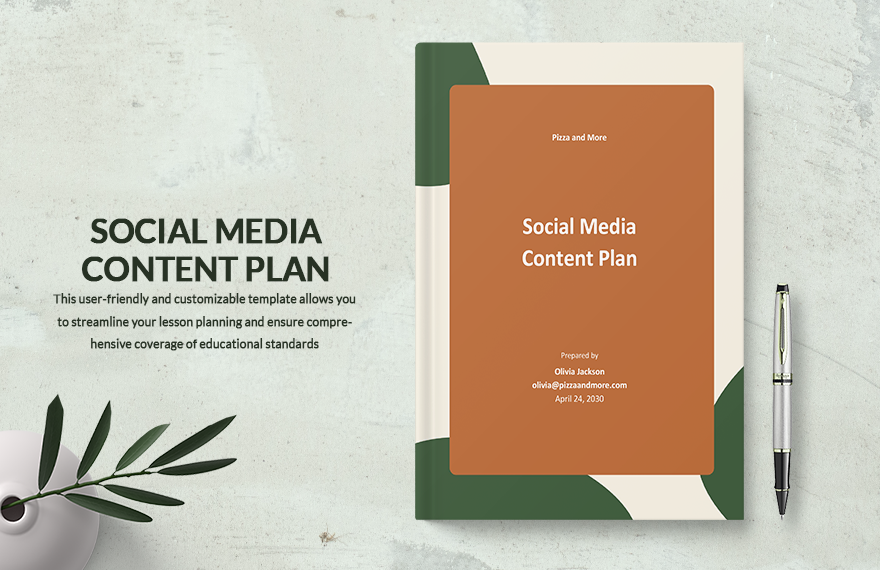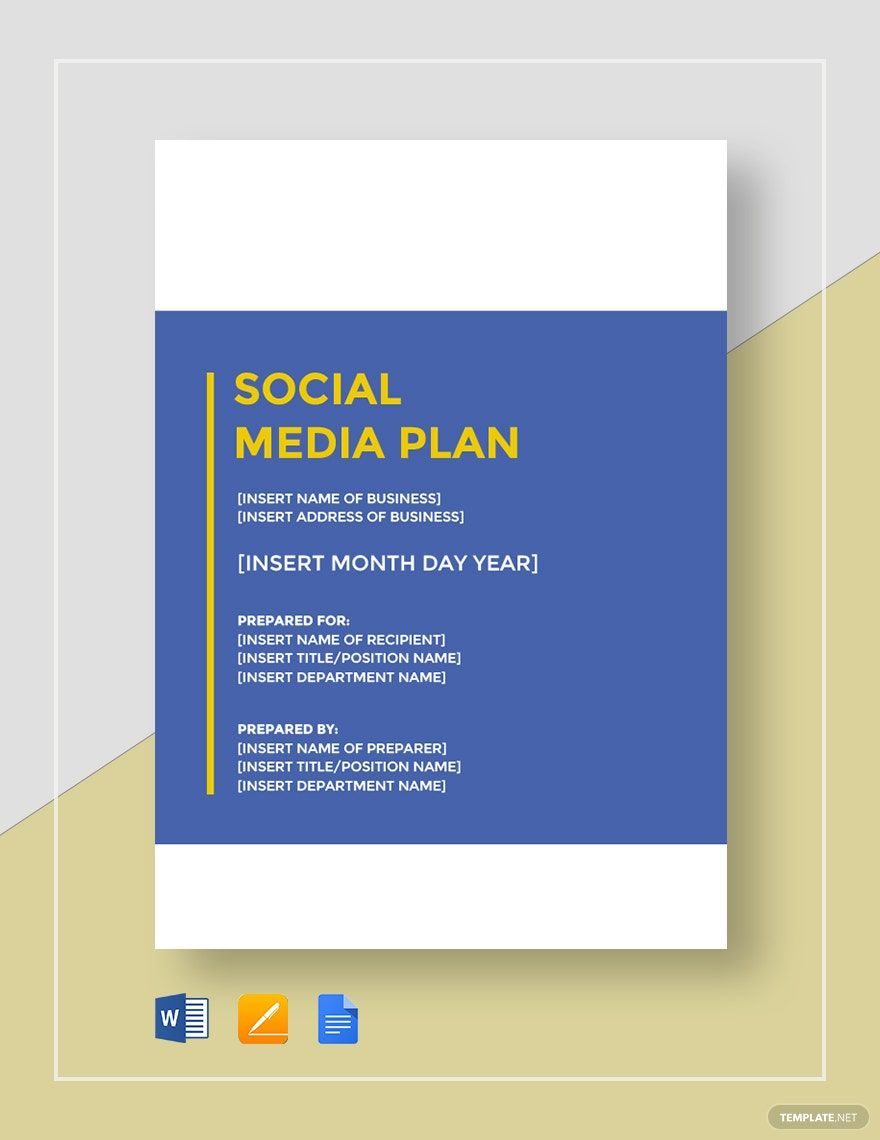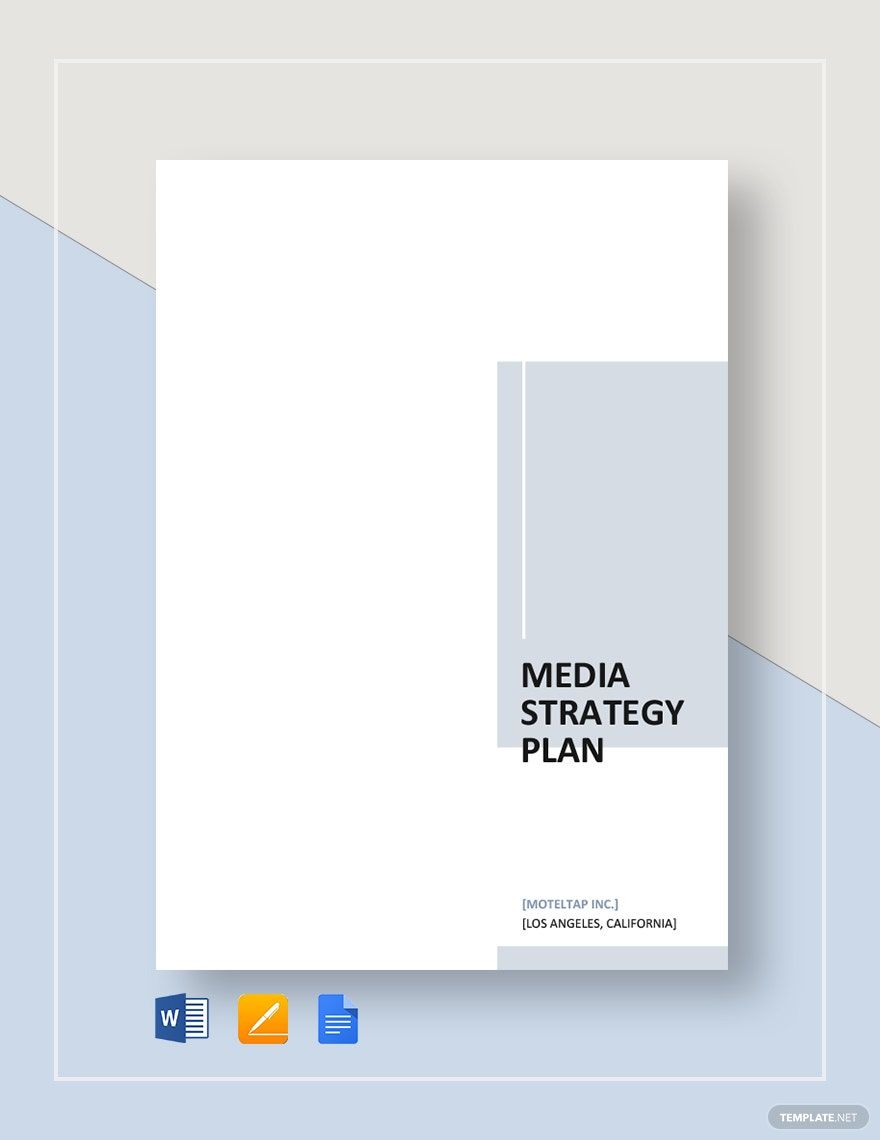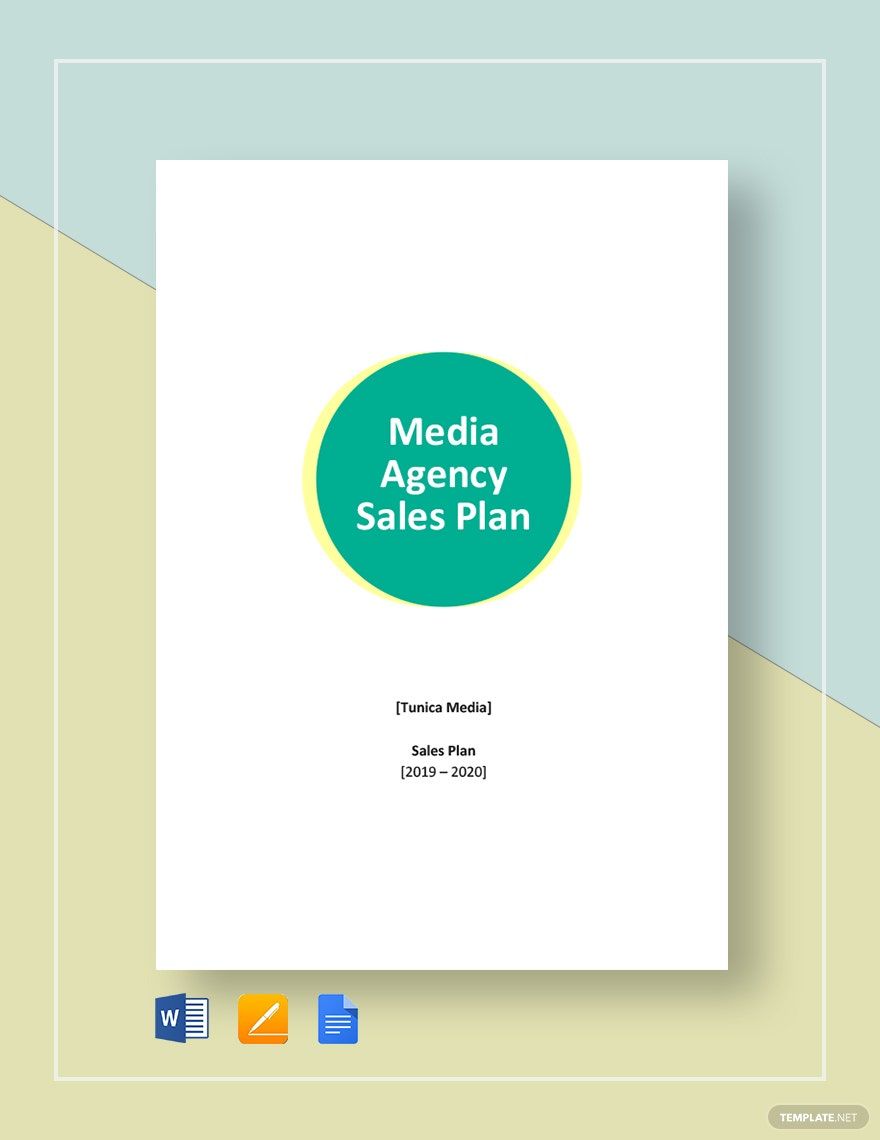The communication networks or devices used to store and deliver data or information are referred to as media. In the mass media communications industry, the term refers to elements such as print media, publishing, news media, photography, film, broadcasting (radio and television), digital media, and advertising. One of the means or channels of general communication, information, or entertainment in society, such as newspapers, radio, or television, is referred to as a ‘medium’ (singular form of media).
The involvement of regulatory authorities (licensing bodies, content providers, and platforms) in the media sector's autonomy, as well as resistance to political and commercial interference, are also considered essential components of media freedom. To ensure media independence, regulatory bodies should be established independent of government directives. Legislation, agency statutes, and rules can also be used to assess this. As history has progressed, media technology has made viewing more available.
The array of decisions involved in transmitting the advertising message to potential customers is known as media planning. It is the method of delivering a marketing message to a target audience through the use of the appropriate medium at the appropriate time and place. The media plan specifies the most effective means of delivering the advertiser's message to the target audience. The aim of a media plan, in general, is to find a combination of media that enables the marketer to convey the message to the greatest number of potential consumers for the least amount of money.
Browse through a sample collection of professional Media Plan Templates that have been curated just for you.


